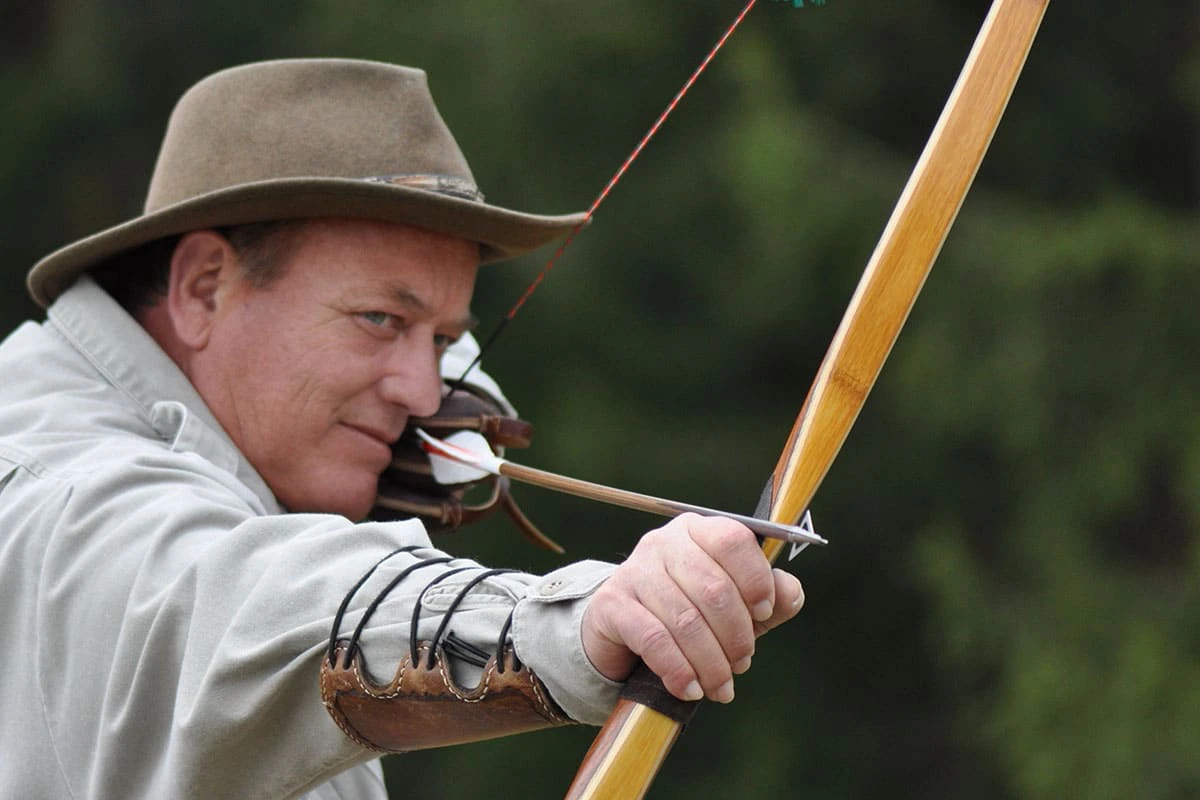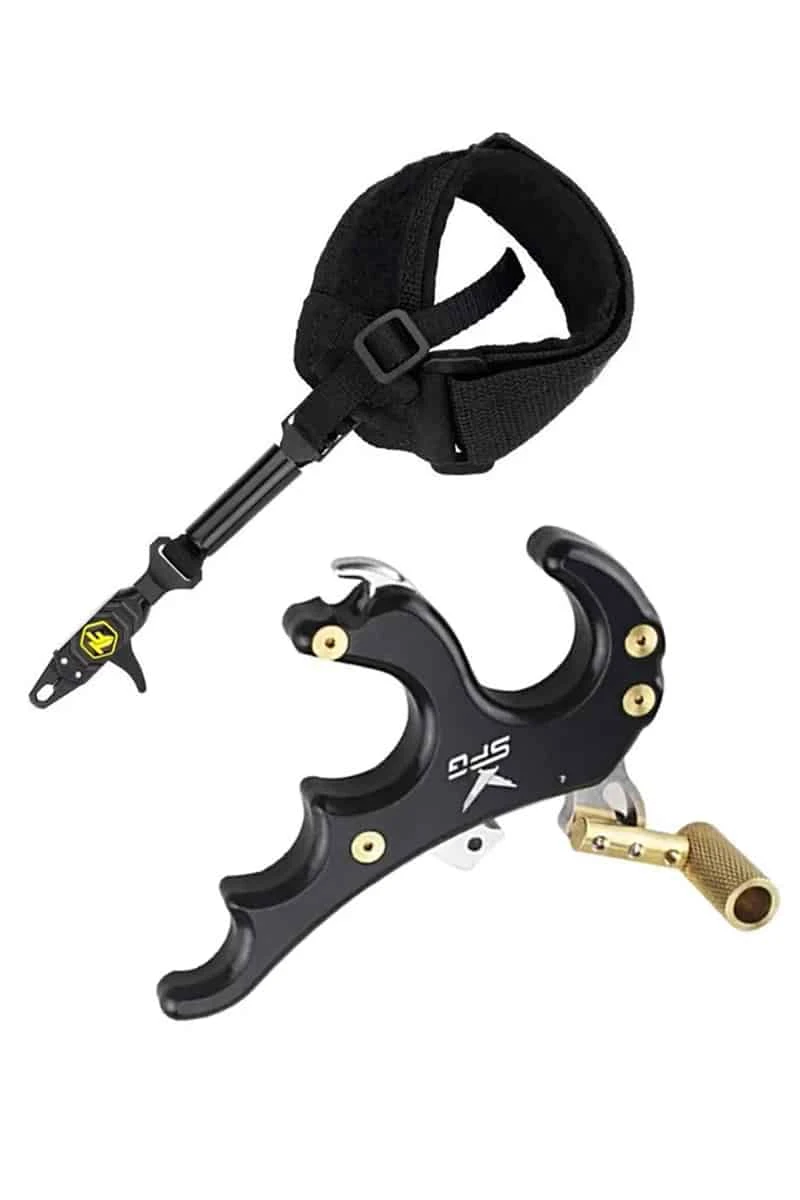Archers have carried bows for thousands of years. The traditional bow and arrow can be found on just about every continent in every time period since some of the earliest human existence. The bow is a tool that has helped propel humanity forward, moving the species up the food chain. It has also played a central role in human conflicts of the past.
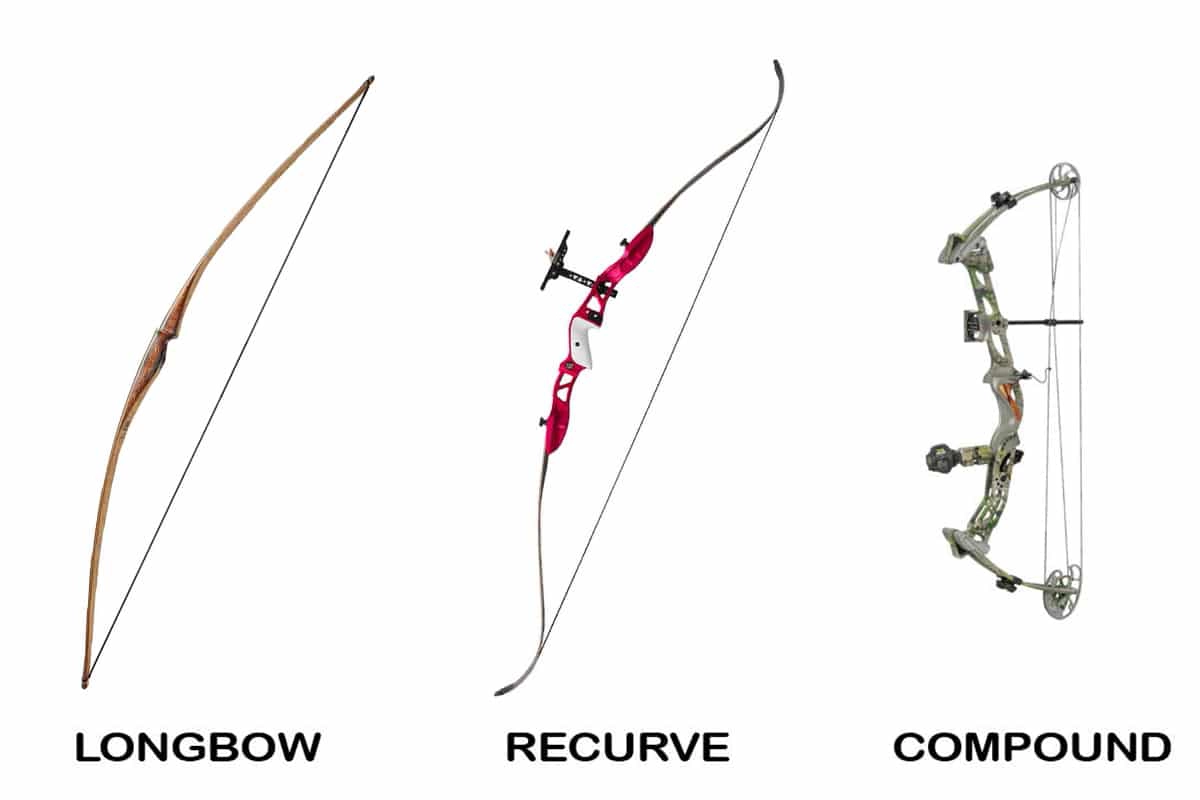
Today, most bows have little resemblance to the bows of yesteryear. The tools have changed, and so have the definitions of what a “bow” really is. From the handmade self bow to the highly technical compound bow, let’s take a look at the categories and types archery equipment.
An archery bow is a handheld tool used to shoot arrows. In the most simplistic terms, a bow is a vertically held “stick” of some sort, strung with a taut string, held by an archer unsupported by outside means: standing free.
Compound Bows
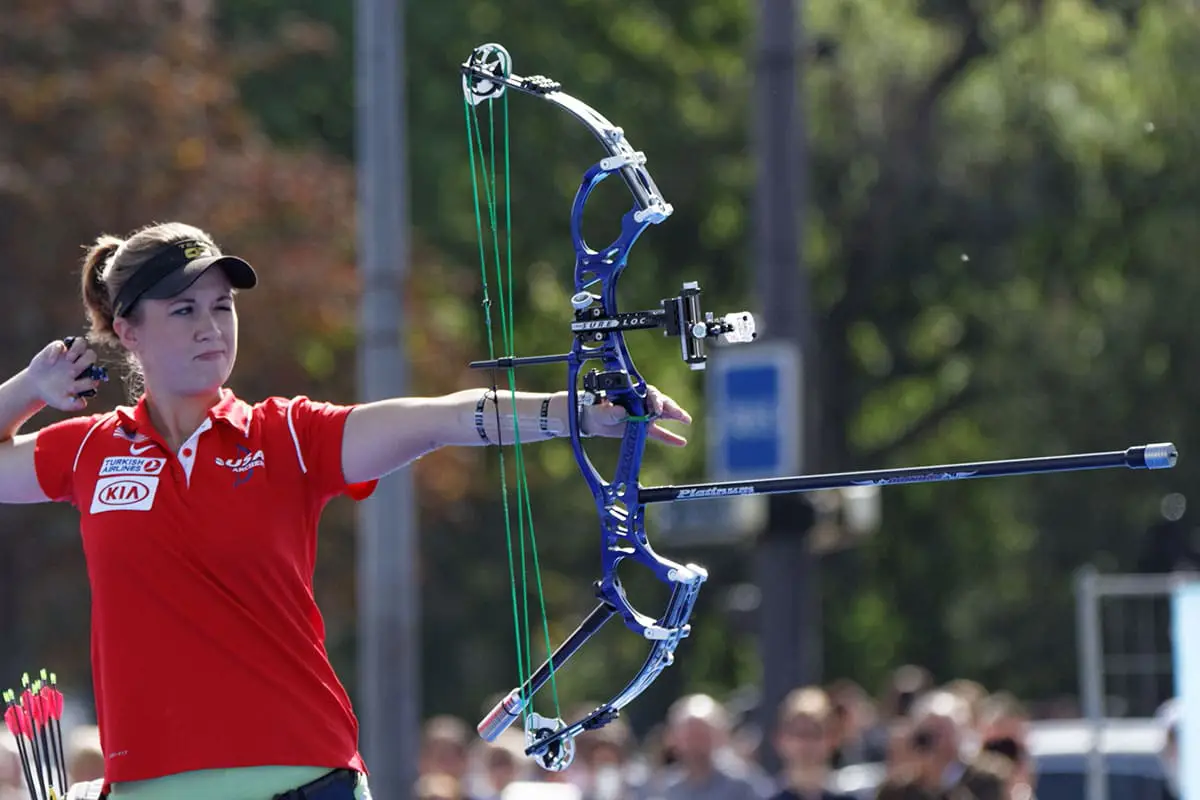
Compound bows use a compound system to bend the limbs, thus the name. Most compound bows are constructed with a system of cams and cables. Modern cams, as compared to wheels, are not round but irregularly shaped. This allows the draw weight to be variable, altering the force the archer needs to get to full draw. Compound systems multiply the energy that ultimately sends the arrow out of the bow.
Different configurations can be arranged to store maximum energy or increase the archer’s ability to hold longer. The “back wall” of the draw cycle is a hard stop where the bow cannot be drawn any further. On bows with cams designed with greater let-off, an archer can hold at full draw longer without holding the full weight of the draw.
Modern compound bows are designed to be outfitted with many different accessories, some of which also give the archer an advantage. Fundamental accessories like quivers and arrow rests are found on both traditional and modern bows. Compound bows can also add sights and stabilizers, increasing the shooter’s range and efficiency. This bow style is highly constructed to be more efficient, powerful and accurate, than traditional- or bearbows.
Accessories for Compound Bows
Releases & Quivers:
The trigger-release is an archer’s attachment point to the string. Traditional archers often wear a shooting glove or a tab of leather or fabric to protect their fingers. Compound bow shooters tend to use wrist- or back-tension releases that connect to the string with a piece of metal. Finding the best archery release for you will depend on what you’re shooting and will likely require some trial and error.
Quivers are where you store your arrows in preparation for shooting. Some quivers are attached to the bow riser, while the archer wears others.
Sights:
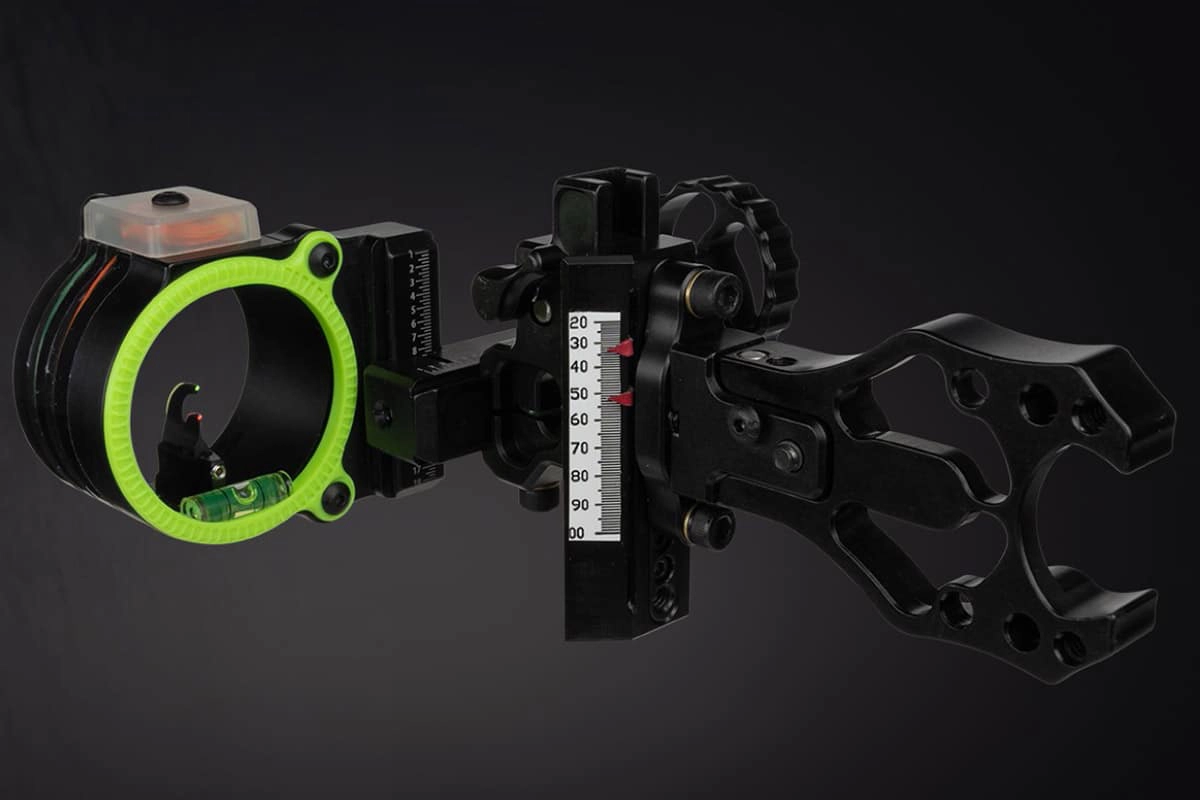
A micrometer adjustable bow sight is almost a must-have for a modern compound bow. Traditional- or bearbow shooters tend not to utilize sights. Choosing the best bow sight will come down to budget and preference. You can pay a few bucks for one, while another might cost you several hundred.
Silencers:
Damping the sound/vibration of the string is critical for hunters, in particular. Traditional bows are typically outfitted with fur dampers like beaver, otter, rabbit, or other fur. They can also use rubber “cat whisker” silencers or other synthetic dampers. Compound bows are typically outfitted with an artificial or rubber damper like a monkey tail.
Stabilizers:
Stabilizers come in many sizes and configurations, but all serve the same purpose. They reduce vibration when the archer releases an arrow, and stabilize the bow by increasing its inertia. Without stabilizers, bows can feel unstable while archers aim, potentially making it difficult to hold their bow stationary. They can also feel significant bow vibrations after it launches the arrow.
Recurve Bows
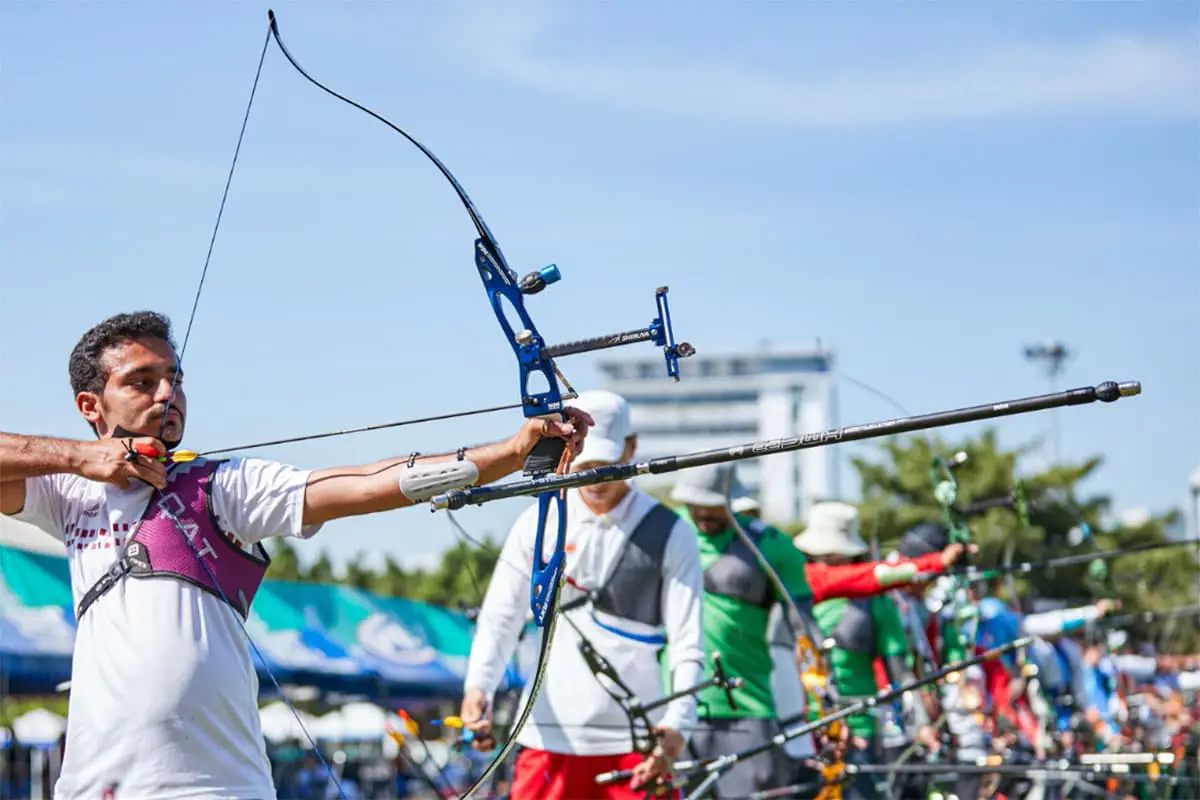
Recurve bows are technically designed traditional bows. The curvature of the limbs stores more energy than the straight limbs of a longbow, giving archers a leg up in the speed/power department.
They can be one-piece or take-down bows, where the limbs can be removed from the riser. Most of the cheaper recurve bows are made of laminated wood and fiberglass, in more expensive bows from leading brands, you can find carbon fiber and high-tech aluminum.
Hunting Recurve bows are often fitted with a quiver and string vibration dampers (Silencers).
Because of the curvature, recurve bows can be more compact than a longbow while still delivering the needed energy. This makes them far more preferable for traditional archers in tight quarters, such as a blind, brush, or thick-growth tree stand.
Accessories for Recurve Bows
Finger tab:
Traditional- or recurve bow archers often wear a shooting glove or a tab of leather or fabric to protect their fingers.
Quivers:
Quivers are where you store your arrows in preparation for shooting. Some quivers are attached to the bow riser, while the archer wears others.
Sights:
Adjustable micrometer bow sights are a must-have for a modern recurve bow. Traditional- or bearbow shooters tend not to utilize sights. Choosing the best bow sight will come down to budget and preference. You can pay a few bucks for one, while another might cost you several hundred.
Silencers:
Recurve- or traditional bows are typically outfitted with fur dampers like beaver, otter, rabbit, or other fur. They can also use rubber “cat whisker” silencers or other synthetic dampers.
Stabilizers:
Stabilizers come in many sizes and configurations, but all serve the same purpose. They reduce vibration when the archer releases an arrow, and stabilize the bow by increasing its inertia.
Longbows and Reflex Bows
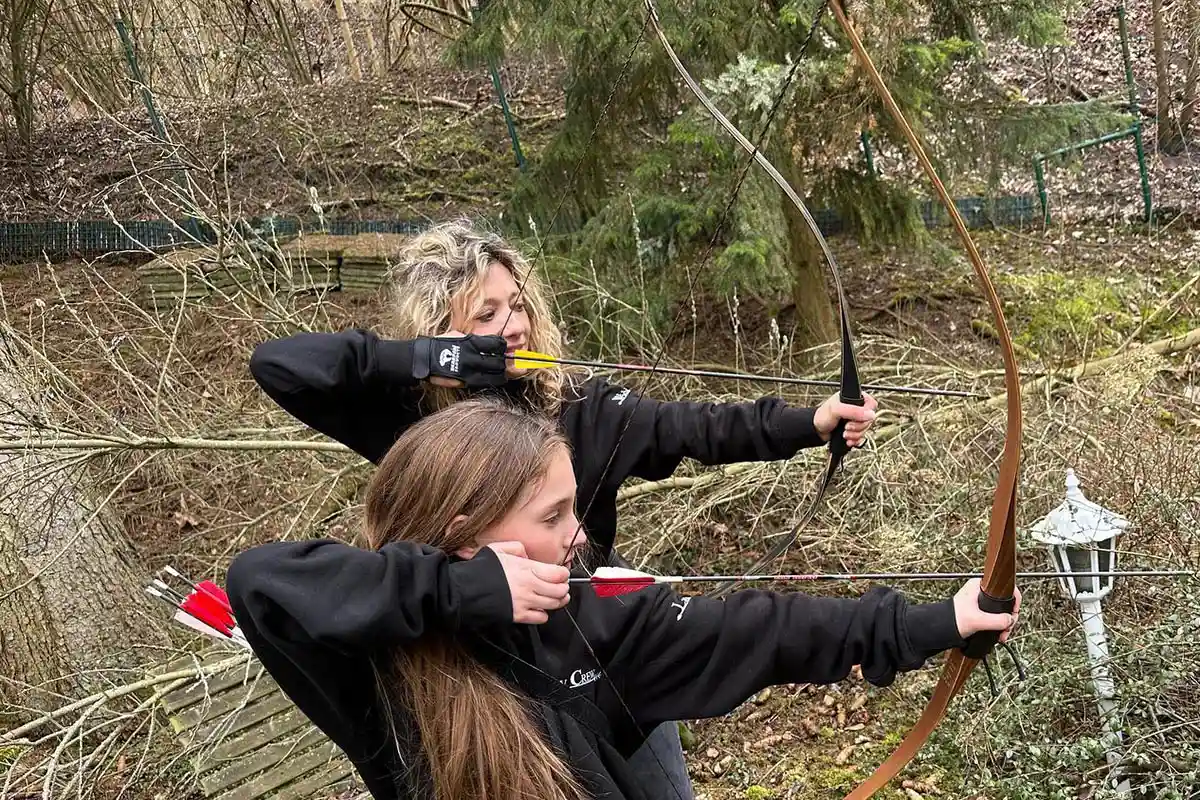
Longbows are about as simple as it gets when it comes to bows. They consist of a long, continuous riser/limb configuration strung at both ends with the bow string. Because of their similar setups, accessories, and capabilities, longbows and recurves are often discussed interchangeably as just traditional bows. Reflex Bows modernize the longbow a bit, making the limbs even more efficient because of their slight recurve design. Like recurve bows, longbows and reflex bows can be one continuous piece or built as a takedown bow with removable limbs.
Accessories for Longbows & Reflex Bows
Finger tab:
Longbow & reflex bow archers often wear a shooting glove or a tab of leather or fabric to protect their fingers.
Quivers:
Quivers are where you store your arrows in preparation for shooting. Some quivers are attached to the bow riser, while the archer wears others.
Silencers:
Longbows & Reflex bows are typically outfitted with fur dampers like beaver, otter, rabbit, or other fur. They can also use rubber “cat whisker” silencers or other synthetic dampers.
